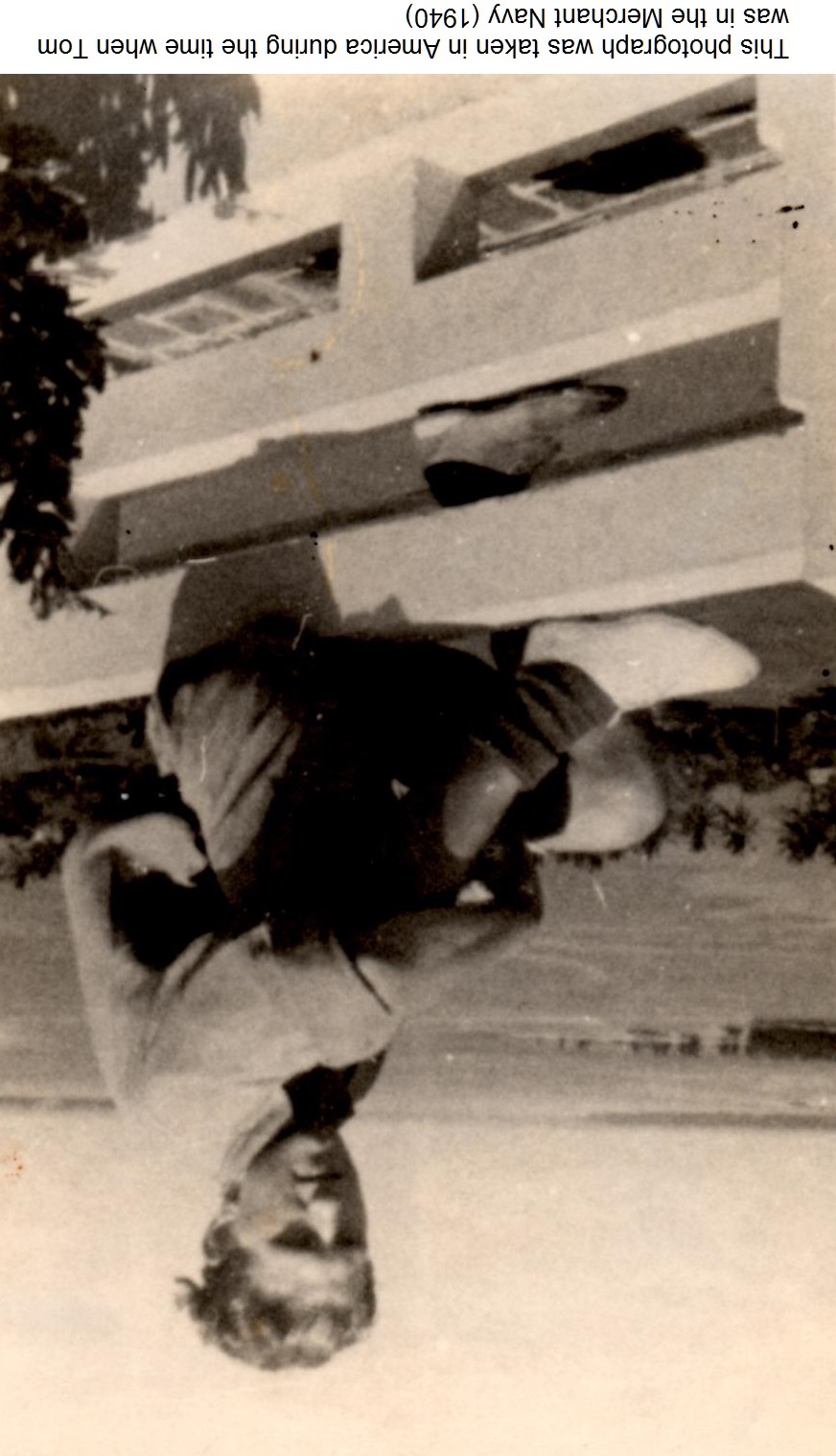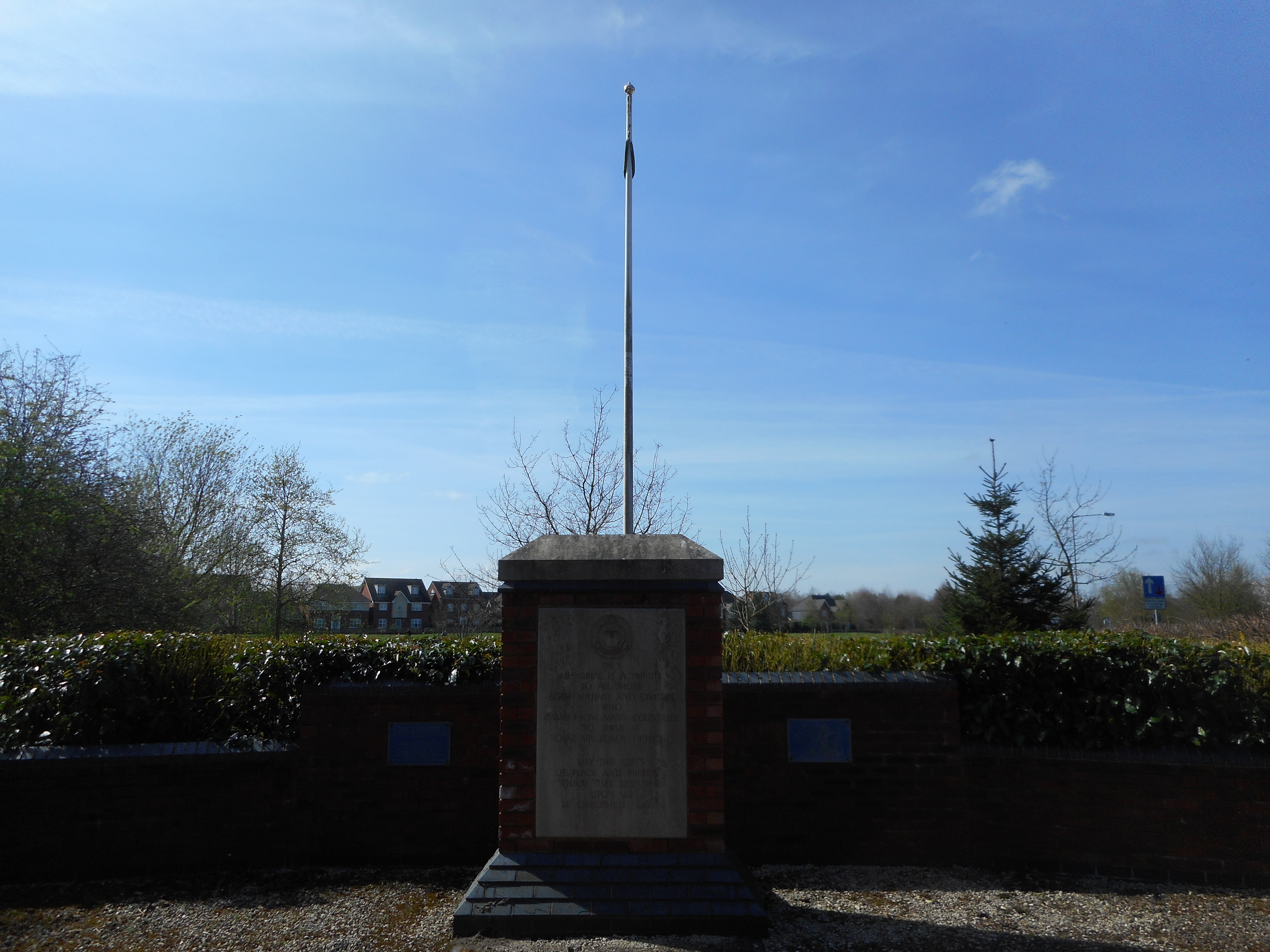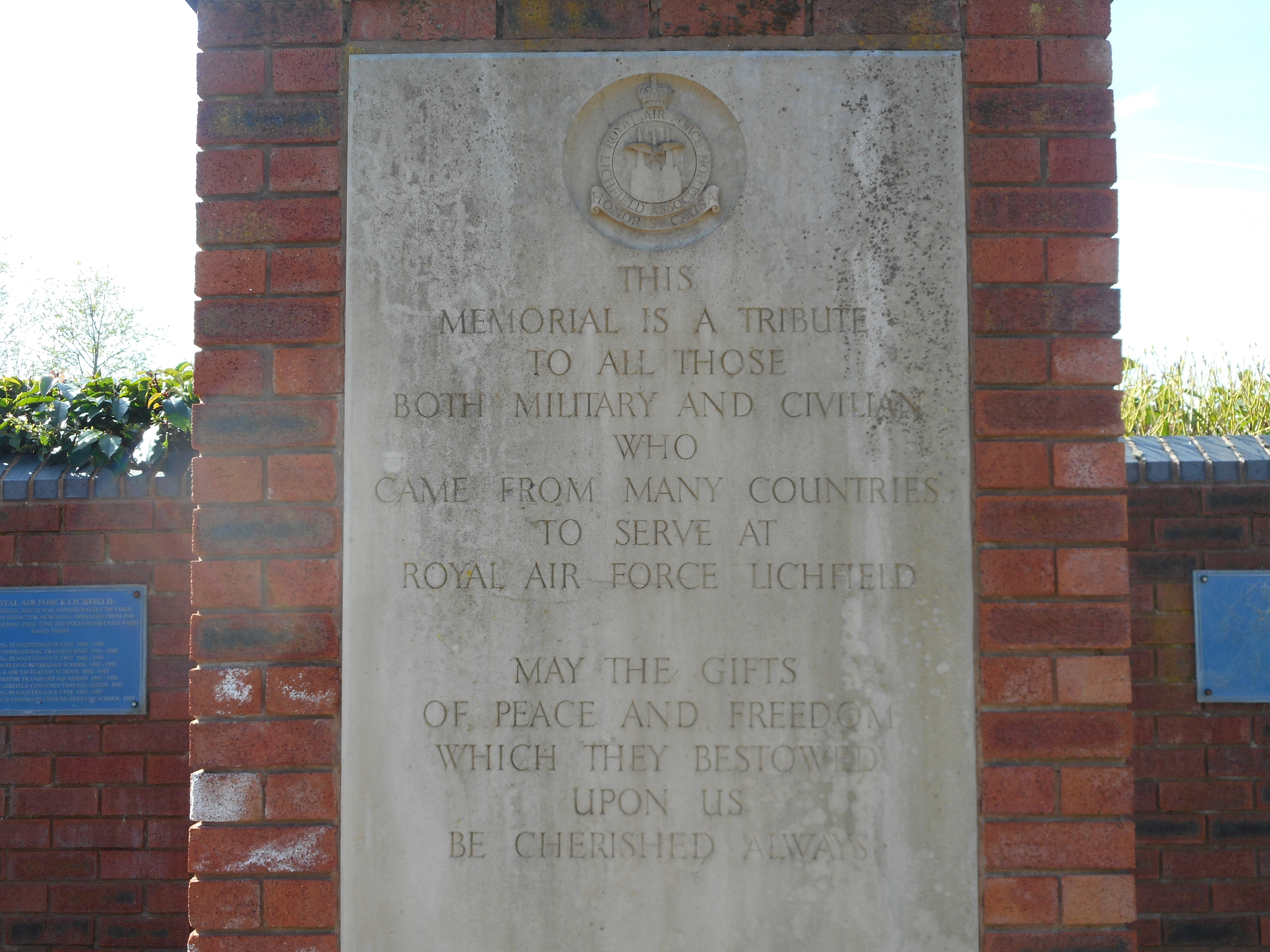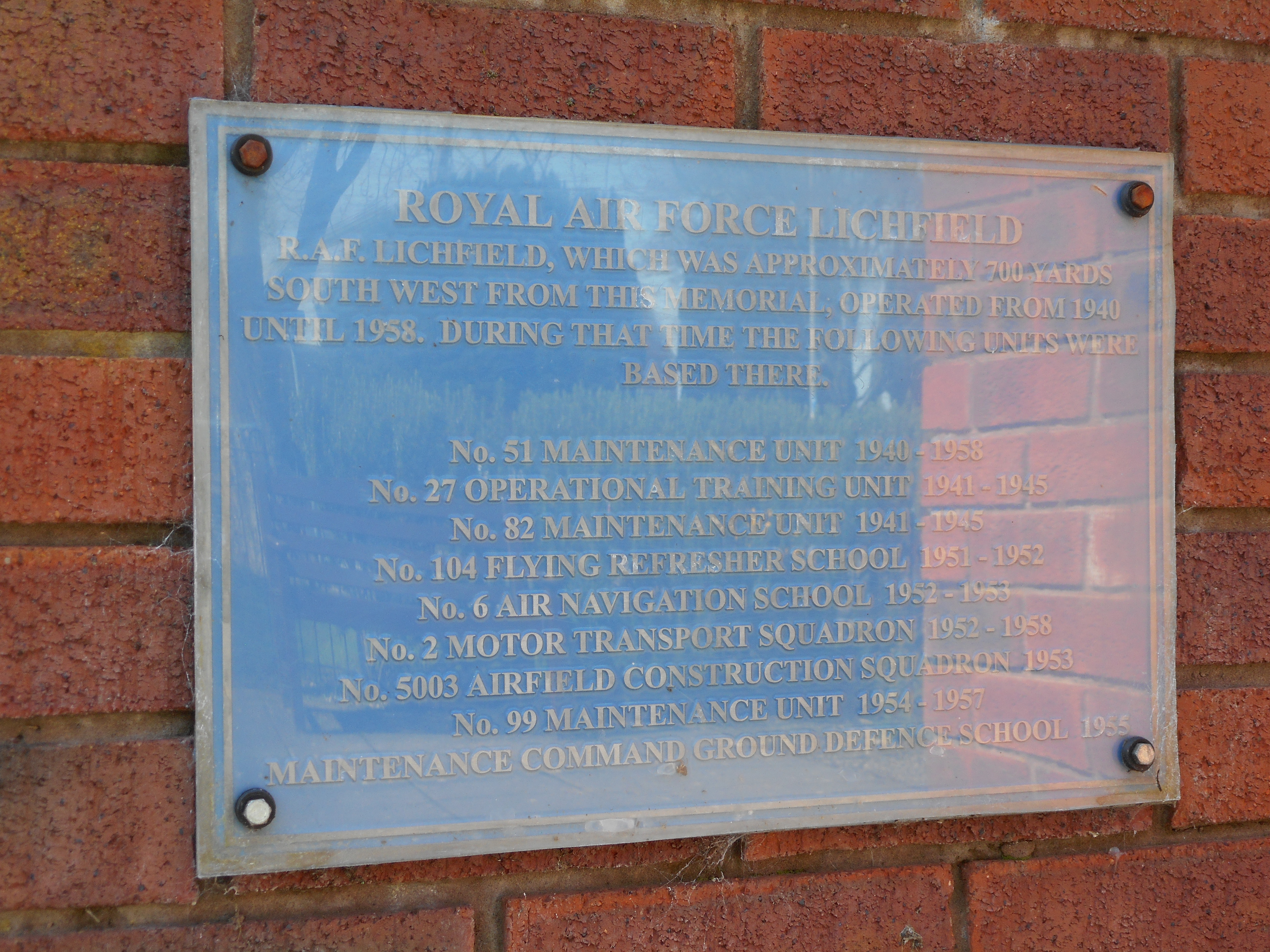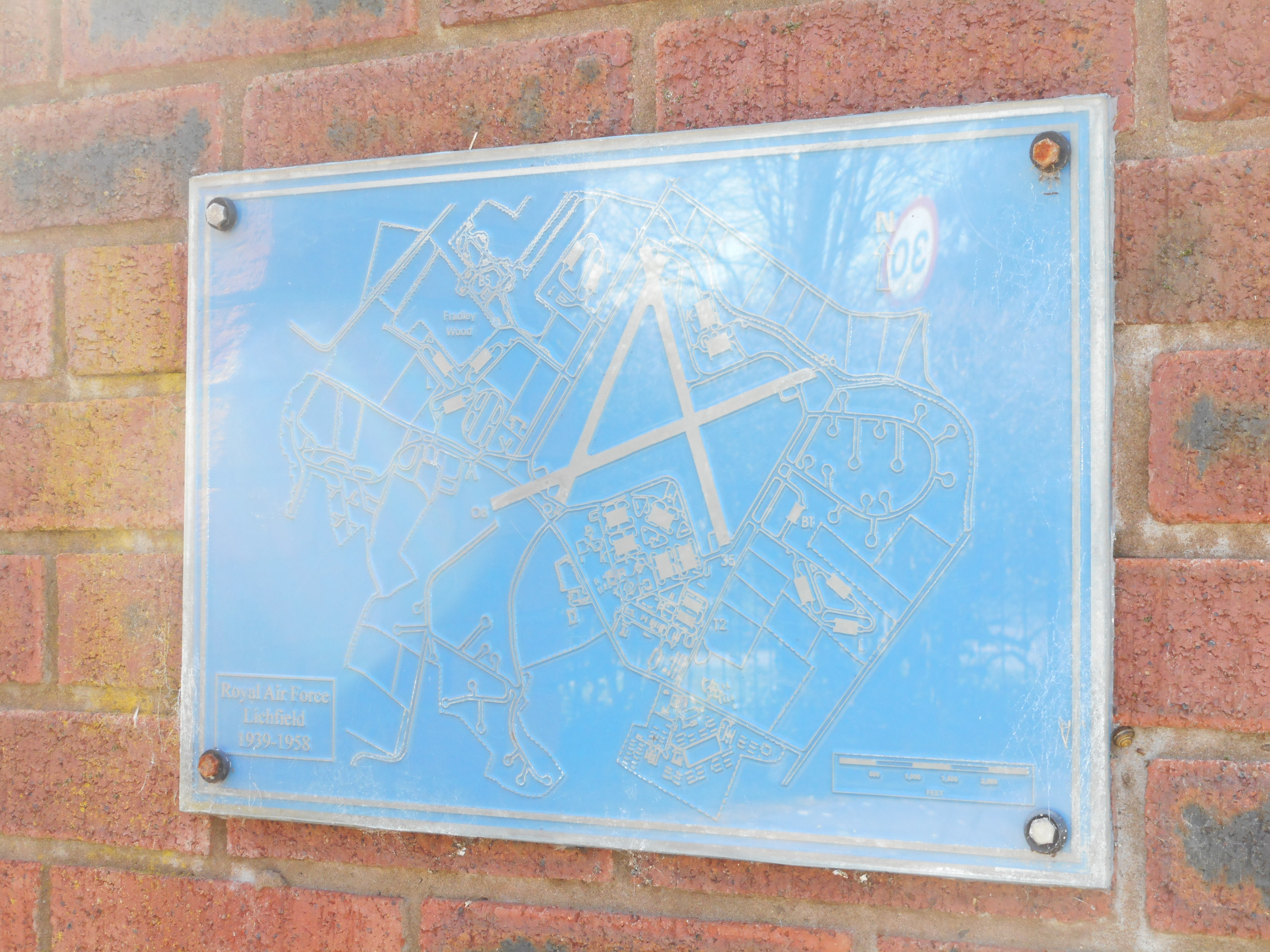| Born 8 August 1922 in Seaside Hospital in Los Angeles, California. His father Edward was born in Liverpool, England and became an American citizen and his mother Mildren was born in Michigan, USA. They married on 16 August 1921 in Los Angeles. On 4 October 1922 Edward died of cancer, two months after Tom was born. Following his death Mildred moved to San Francisco to stay with her mother and stepfather. Sadly, Mildred also died on 12th June 1923 of a cardiac arrest. Tom, now 10 months old, had lost both his parents and subsequently his American grandmother made contact with Edward’s family in Liverpool and it was agreed that Tom should be sent to England to live with his father’s family. Edward had five siblings and his mother was also still alive. He was eventually shipped to Liverpool on the Cunard liner HMS Laconia arriving on 13 October 1924. During the voyage he was in the care of the ship’s crew. |
| By 1931 Tom was living in Pensby, Wirral, with his grandmother and his primary carer, his aunt Clara Clayton. The accommodation comprised a shop and a first floor flat, Clara was running the shop as a lady’s outfitters. Tom, now aged 8, was a pupil at Woodchurch Road School and was recorded in the Liverpool Echo of 18 April 1931 as the Junior Pupil of the Week. It is believed that he progressed to Galtreys secondary school in Bebington, where in his teens he lived with his aunts Clara Clayton and Effie Chantry (née Clayton) in Old Chester Road. This was also a shop with accommodation above, from which Clara ran a lady’s outfitters/ haberdashery business. When Tom was 17 he joined the Merchant Navy as a cadet. July 1940 finds him a member of the crew on the vessel Andalusian, which departed Liverpool bound for New York. It is thought that he bought himself out of the Merchant Navy because he was constantly seasick. By November 1940 he had enlisted in the RAF, while America was still neutral. The following year he commenced pilot training. |
| Liverpool Echo, Monday 13 October 1924: BABY’S JOURNEY. NEARLY 6,000 MILES TO LIVERPOOL. Thomas James Clayton, a chubby little fellow just over two years old, arrived in Liverpool this morning by the Cunard liner Laconia, after a journey by land and sea of 5,556 miles, without escort of relative.
The child is an orphan. His grandmother lives in Broadgreen Road, Old Swan and he was met by an aunt when the steamer arrived this morning.
Although so young he has had a chequered career. His parents died some time prior to August 1923, when he was just one year old. About the date mentioned, the Associated Charities of San Fransisco asked the Liverpool Central Relief Charity Organisation Society to help in tracing the relatives of the child. It appeared that the child had got into the hands of a woman who had received money from the relatives in England.
The Associated Charities furnished the Liverpool Society with an address, but on calling they were informed that a new tenant had recently taken over the business, and he knew no one of the name given. In March last a letter giving the correct address of the grandmother came to hand. She corroborated the story that the person who had charge of the child had written asking for money and they had sent her a considerable sum, consequently, the family were very anxious that the child should come to Liverpool where its father’s relatives reside.
The Associated Charities had finally to take an action-at-law to gain custody of the child. When this was satisfactorily settled, arrangements were made for the Society for the transport of the child across the continent of America to New York, and also with the New York Charities Organisation Society to have the child met on arrival and handed over to the Cunard Ship Company on the Laconia. The transport across the continent of America was the most difficult part of the problem. The distance is 2,800 miles and takes a greater part of a week to accomplish. The only officials on the train are negro waiters and consequently a child of this age could not be sent alone. As the cost of sending someone across the continent, including the return journey, would be about £50, the Liverpool Society asked the Associated Charities to arrange with some suitable passenger to New York to take charge of the child for payment, which was carried out.
The steamer ticket was sent to the New York office of the Cunard Steamship Company, advising them that the New York Charity Organisation Society had been asked to arrange for someone to meet the child on the train on its arrival, and to send someone for the ticket. Money was sent to San Fransisco to pay the charges connected with the journey to New York. On arrival at Liverpool, this morning, the little traveller was handed over to Mrs. Pyecroft, a lady worker of the Liverpool Port and National Works Society, who transferred him to his aunt for conveyance to his grandmother. |

